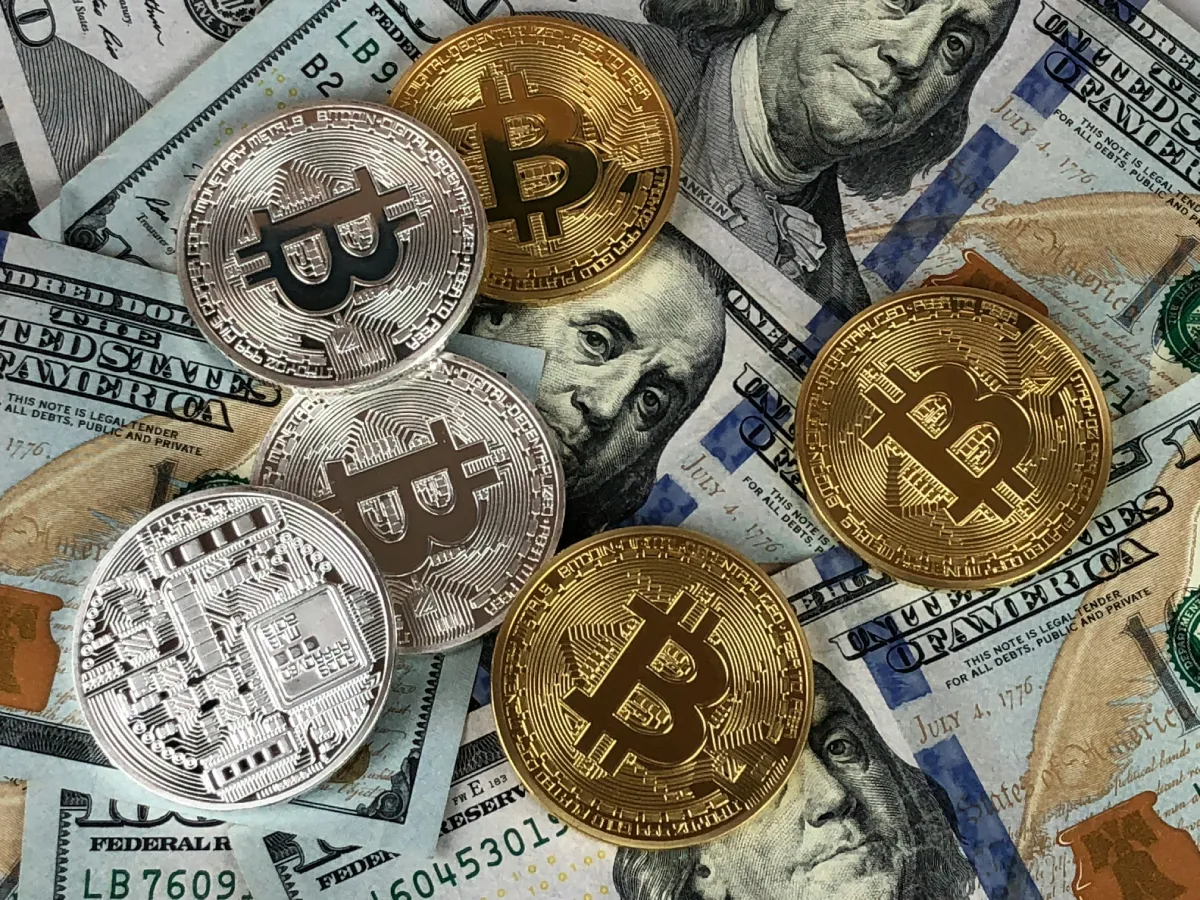Bitcoin Surge in India: Implications for the U.S. Market and Global Crypto Landscape
The Bitcoin Boom: India’s Recent Surge Explained
The spectacular rise that Bitcoin has seen in India has turned the heads of many investors and analysts worldwide. This surge in Bitcoin, with increased trading volumes and heightened investor interest, is reflective of a mix of factors rather unique to the Indian market. How this boom has been understood requires one to take a closer look at the key drivers behind Bitcoin’s growth in India and find out what this trend is going to do to affect global and U.S. markets at large.
Key Drivers Behind Bitcoin’s Growth in the Indian Market
Several factors have contributed to the surge in popularity of btc to inr recently in India. First and foremost, there is wide participation from institutional and retail investors. The high return possibility, coupled with an increasingly tech-savvy demographic, has Indian investors now warming up to cryptocurrencies as a presenting alternative investment vehicle.
Another one is the change in regulatory posture that the Indian government has taken. From uncertainty to restrictive moves, the recent signals from the policymakers hinted at a friendlier approach toward cryptocurrency regulation. It was this changed scenario that alleviated part of the apprehensions among investors and helped to foster a more conducive environment for crypto trading and investment in general.
Thirdly, the growth of digital payment platforms and blockchain technology has made it easier for people to access digital currencies like Bitcoin. Platforms such as WazirX, CoinSwitch Kuber and others have further eased the process of buying, selling and trading in cryptocurrencies, hence making it reachable for the common investor.
Impact of India’s Bitcoin Surge on the U.S. Financial Landscape
It’s not just a regional phenomenon associated with the growing popularity of Bitcoin; it’s also credible for impacts on the global outlook in general and the U.S. markets. This might include an immediate impact from changes in investment patterns globally. Crypto exchanges often use a bitcoin sign up bonus to encourage wider adoption and attract fresh investment.
As Indian investors start allocating money to Bitcoin, there might be rerating in crypto assets globally. Consequently, Bitcoin’s role as a world bridge currency could enhance, influencing demand and valuation in other markets, such as the USA.
This may further impact the hoc Bitcoin surge in India with respect to strategy adjustments that will be required among investors and institutions within the U.S. If the Indian market keeps growing robustly, American investors would probably eyeball movements in other regions to capitalize on the trends, eventually leading to spillovers into international crypto markets.
A changing Indian environment can also set precedence for other countries, like the U.S. If India subjects a change to positive regulations, that would probably make American regulators review their anti-cryptocurrency stance and perhaps challenge more clarity and improved regulation in the United States. This again can significantly accelerate institutional investment and innovation in the U.S. crypto space.
How India’s Bitcoin Investment Trends Could Influence American Investors
Influences that Indian bitcoin investment trends are likely to have on the American investor are several. First and foremost, such interest in Bitcoin from India will very probably become a forerunner to American investors regarding an acceleration of growth in acceptance and mainstreaming of cryptocurrencies, which could hence encourage more American investors to diversify their portfolios into the very promising area of digital assets.
Similarly, stories of crypto success from India may be beckoning American investors to seek the same opportunities in emerging markets. If there are stories about entrepreneurs and startups successfully treading ground in the Indian crypto space, it might call out to the attention of U.S. venture capitalists and other investors looking to seek out global opportunities.
Finally, the success of Bitcoin investments in India might rub off on the general market sentiment and investor confidence in the U.S. In most cases, positive news and trends from international markets do spill over into domestic markets. On that note, if it does well in India, perceptions relating to Bitcoin as a genuine and profitable investment will improve in the U.S.
Global Ripple Effects: What India’s Bitcoin Surge Means for Worldwide Markets
That Bitcoin surge in India has broad implications for the global cryptocurrency markets; while India is becoming instrumental in the crypto space, it’s facilitating the growth and maturation of the market. This rise in activity and interest can lead to more liquidity, diversified investment opportunities and more stability in the market at large.
Other global ripples included the future, prospective development in blockchain technology and innovations that might be fueled due to this increased investment. Indeed, growing India’s crypto ecosystem will naturally lead to collaborations and partnerships that keep driving technological progress and expand use cases for cryptocurrencies. At the macro level, the surge in India emphasizes the rising contribution that developing markets can make toward shaping the future of global finance. As these markets continue to integrate into the financial systems of the world over time, their effect on trends and developments in the crypto space will only serve to increase.
It is grossly a multidimensional phenomenon, with far-reaching implications. Whereas the drivers of this growth are rewriting India’s financial landscape and creating a knock-on effect into other markets—most especially in the U.S.—the Indian investors will continue to drive into Bitcoin as regulatory environments change. As these effects reverberate worldwide, American investors and policymakers will understand these trends and their potential impacts as the key to riding out the future within cryptocurrency investments and regulations.

Leave a Reply